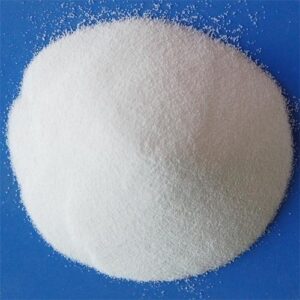Description
Citric Acid Monohydrate Properties: Citric acid monoxide
| Properties |
Product Specification |
| Appearance |
Water white |
| Made By |
Shandong Ensign Industrial Co. Ltd |
| Packing |
25 kg HDPE woven sack bag with LD liner |
| Purity |
99.85 % min. by wt. |
Citric Acid Monohydrate
A water-free (anhydrous) acetic acid is known as citric acid monohydrate. It appears as a clear, colorless liquid that completely mixes with water. Chemists frequently use it as an
excellent polar protic solvent for recrystallization to purify organic compounds. Researchers often use acetic acid as a solvent for reactions involving carbocations, such as Friedel-Crafts alkylation. Additionally, manufacturers use it to produce vinegar.
Citric Acid Monohydrate is corrosive to metals and tissue. It can injure skin on contact. Used to make other chemicals, as a
food additive, and in petroleum production.
Acetic acid, also known as ethanoic acid, is a colorless liquid organic compound. It ranks as the most important of the carboxylic acids. We produce a dilute solution (approximately 5% by volume) of acetic acid through the oxidation and fermentation of natural carbohydrates, which we call vinegar. We refer to the salt and acylal of acetic acid as acetate. Industries produce acetic acid both through bacterial fermentation and synthetic methods.
Approximately 75% of the acetic acid produced from the carbonylation of methanol is utilized by the chemical industry. This synthetic carboxylic acid possesses antifungal and antibacterial properties.
Citric Acid Monohydrate Structure
Acetic acid is an organic acid which is the main component of
vinegar. It is also called Citric Acid Monohydrate, ethanoic acid or methane carboxylic acid. The chemical formula of acetic acid is CH3COOH. Its molecular formula is C2H4O2 and its molar mass is 60.05 g/mol.
Ingredients and Specifications
| Properties |
Product Specification |
| Clarity and color solution |
Confirming with the test |
| Water |
0.5-0.7 % |
| Content |
99.5-100.5 % |
| Readily carbonisable substances |
Not deeper in the test |
| Sulphate |
Less than and equal to 0.015 % |
| Oxalates |
Less than and equal to 0.01 % |
| Heavy metal |
Less than equal to 10 ppm |
| Aluminium |
Less than equal to 0.2 ppm |
| Lead |
Less than equal to 0.5 MG/KG |
| Arsenic |
Less than equal to 1 MG/KG |
| Mercury |
Less than equal to 1 MG/KG |
| Sulphated Ash |
Less than equal to 0.05 % |
| Bacterial endotoxins |
Less than equal to 0.5 LU/MG |
| Tridodecylamine |
Less than equal to 0.1 LU/MG |
| Mesh |
8-40 / 30-100 |


